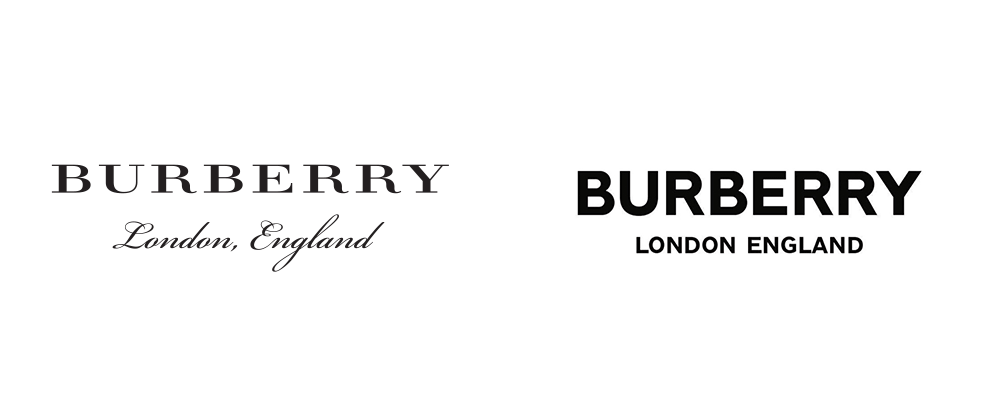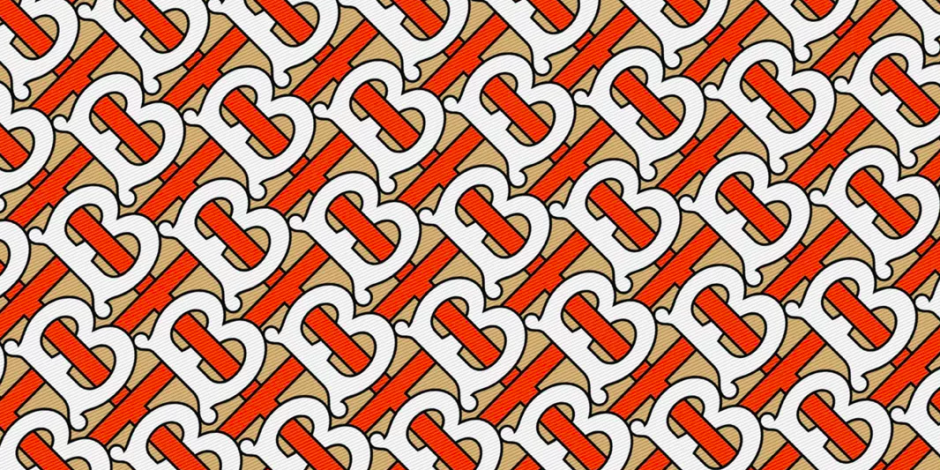Designer Series | Peter Saville
“A synergy of music & design”
The 1970s were characterised by a period of instability and uncertainty. A lot of things were changing, technology was starting to take off and altering the way we did things, different music genres were emerging and suddenly the way we experienced music and design had synergised . The innocence of the ‘golden’ days had quickly disappeared and Punk deepened and darkened the meaning behind the music. It was during this era that Peter Saville stood out and transformed the ordinary into something genuinely amazing.
Peter Saville
Born on October 9th, 1955, in Manchester, Lancashire England, Peter Saville attended St Ambrose College. He then studied graphic design at Manchester Polytechnic from 1975 to 1978. Around the same time, he co-founded Factory Records, alongside Tony Wilson and Alan Erasmus and became a prominent name due to the record sleeves he designed for Joy Division & New Order.
Early Works and His Mark on the Music Industry
Saville worked in a unique environment, working alongside, the label (Factory Records), The venue (The Hacienda) and all the band members belonging to the label, he was able to create an aesthetic that took a holistic approach. By shifting the focus from the usual "either-face-or-body" option to trivial and unimportant visuals of daily life, he was able to revolutionise the existing design status quo of that time. He used insignificant things such as Braille characters, user manuals, aerial photographs, and old topographic maps.
These visuals would usually look dull in a different context, but Saville made the dreary look aesthetically pleasing and even profound. His design for Joy Division's album, Unknown Pleasures, suits the band's unique cold and distant sound perfectly. It is also regarded as one of the most distinct artifacts of that or any other musical period.
His Philosophy
Lacoste Rebrand by Peter Saville
Behind every genius is a weakness that makes them human. For Saville, it's his notorious work habits. He always misses deadlines and is a rebellious artist by nature. As Saville told the Guardian, "They said: 'Do anything you want, but don't touch the crocodile logo.' So that's what I did: destroyed the crocodile. Digitally shattered it in 80 different ways." This was when he was commissioned by the well-known brand, Lacoste, to create designs for its 80th anniversary. Saville said "I felt I had to do it because of this sort of brand obsession. People talk about brands, and it's awful. You can sell anything with a logo on it. That needed to be questioned." .
This statement may seem contradictory as he's known to have worked with many fashion labels as well. However, Saville has always had a unique perspective on life and art. He always goes against the grain, and this is what makes him stand out as an artist. In the same interview with the Guardian, he said, "I remember sitting in a meeting and there was an impasse, and the man at the head of the table said: 'Relax, we're all just here to make money.' Actually, I'm not here to make money. I'm here to try and make something better. The idea that people are only doing things to make money, and actually there are no values in it whatsoever, will adopt whatever position is necessary for that goal, that has nothing to do with what I ever did."
Recent Works
He left Factory Records in 1993 and joined an ad agency in Los Angeles. However, he soon returned to London and worked with designer Howard Wakefield to restart a design studio. For years, they worked together on "The Apartment." In 2004, Saville became the creative director of the City of Manchester. He was the best candidate to play a critical role in revitalising his home city's cultural renaissance. At age 57, he won the prestigious London Design Medal, effectively making him one of UK's most famous graphic designers. In 2018, Saville was chosen to redesign the logo for the British luxury fashion house, Burberry. For all his contribution to the art industry, Saville was appointed Commander of the Order of the British Empire (CBE) in the 2020 New Year Honours for services to design








